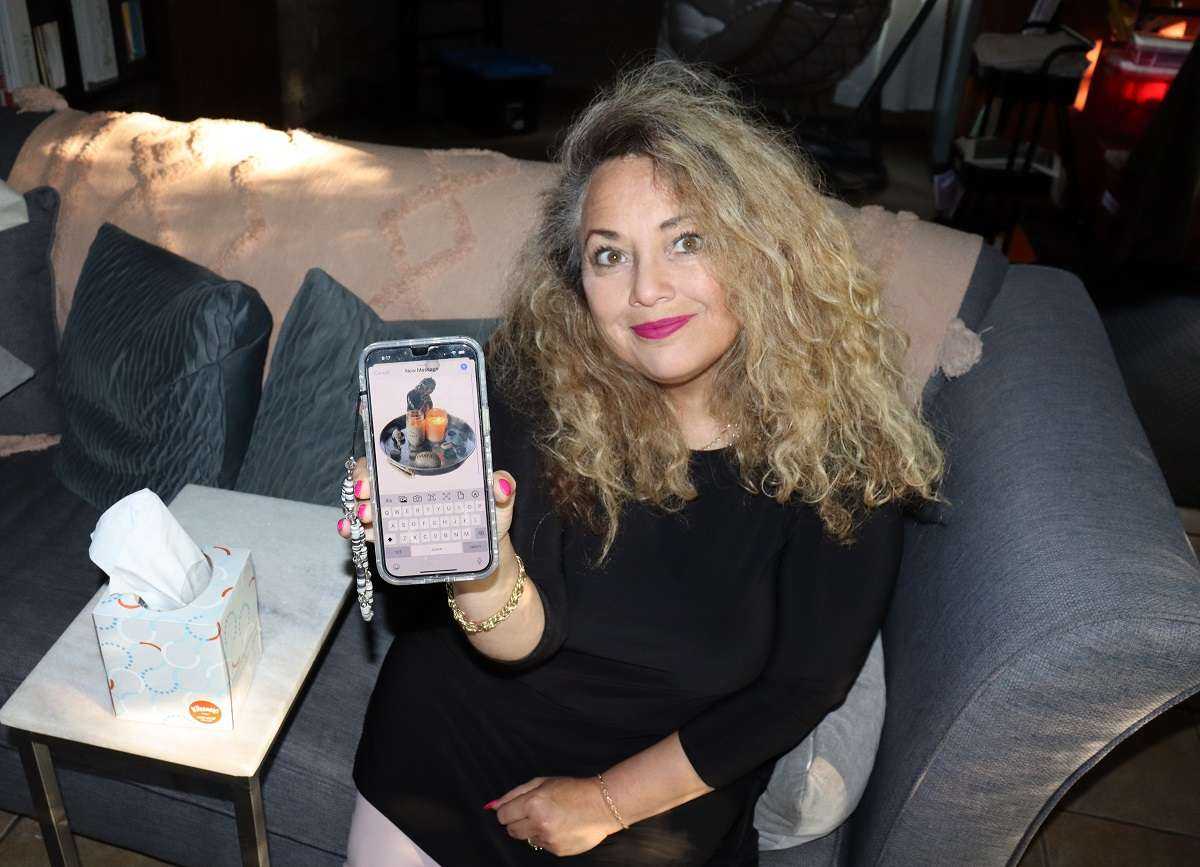BY DR. VIKAS PURI
Headaches are one of the most common medical complaints. Most of us experience them at some point in their life. They can affect anyone regardless of age, race, and gender.
The World Health Organization (WHO) reports that almost half of all adults worldwide will experience a headache in any given year. That is epidemic proportions.
A headache can be a sign of stress or emotional distress, or it can result from a medical disorder, such as migraine or high blood pressure, anxiety, or depression. It can lead to other problems. People with chronic migraine headaches, for example, may find it hard to attend work or school regularly.
A headache can occur in any part of the head, on both sides of the head, or in just one location.
There are different ways to define headaches.
The International Headache Society (IHS) categorize headaches as primary, when they are not caused by another condition, or secondary, when there is a further underlying cause.
Primary headaches are stand-alone illnesses caused directly by the overactivity of, or problems with, structures in the head that are pain-sensitive.
This includes the blood vessels, muscles, and nerves of the head and neck. They may also result from changes in chemical activity in the brain.
Common primary headaches include migraines, cluster headaches, and tension headaches.
Tension headaches often occur as a band-like tension around the head. Episodic attacks are usually a few hours in duration but can last for several days. Chronic headaches occur for 15 or more days a month for a period of at least 3 months.
A migraine headache may cause a pulsating, throbbing pain usually only on one side of the head. The aching may be accompanied by blurred vision, light-headedness, nausea and/or sensory disturbances known as auras.
Migraines are the second most common form of primary headache and can have a significant impact on the life of an individual. According to the WHO, a migraine is the sixth highest cause of days lost due to disability worldwide. A migraine can last from a few hours to a few days.
Cluster headaches usually last between 15 minutes and 3 hours, and they occur suddenly once per day up to eight times per day for a period of weeks to months. In between clusters, there may be no headache symptoms, and this headache-free period can last months to years. The pain caused by cluster headaches is one-sided, severe, often described as sharp or burning and typically located in or around one eye. The affected area may become red and swollen, the eyelid may droop, and the nasal passage on the affected side may become stuffy and runny.
Secondary headaches are symptoms that happen when another condition stimulates the pain-sensitive nerves of the head. Examples of these include: alcohol-induced hangovers, tumors, blood clots, infections, dehydrations, anxiety, eye disorders, grinding teeth, etc.
One of the most effective and quickest ways to treat headaches naturally, without drugs, is to get a chiropractic adjustment.
Chiropractors are neuromusculoskeletal specialists that deal with all nerve, muscle and bone problems. They are trained to remove stress on the nerves to the head and neck that are often inflamed when pressurized by restricted joint motion and misaligned vertebrae (known as a subluxation). By improving spinal alignment and motion naturally by hand or an instrument, the brain can recalibrate itself, improving hormonal regulation, circulation, nerve signal output, balance, and muscle tension. Patients often find an immediate relief in their headaches.
Chiropractors also recommend various home therapeutics that can be used to aid in your healing process. These can include: using a supportive pillow, using heat or cold for 15 minutes at a time, eating regular meals to keep your blood sugar balanced, specific stretches and improved ergonomics.
If you or anyone you know suffers from headaches, it is not “normal”. Headaches are a disease that needs treatment. Getting a proper assessment by a chiropractor to determine the exact type and cause of headache is very important. This may include a physical exam, x-rays, posture evaluation, neurological exam or other type of testing. Getting your brain and spine functioning optimally provides for a great opportunity to eliminate headaches effectively. See a chiropractor today!


 Community News2 weeks ago
Community News2 weeks ago
 Community News1 week ago
Community News1 week ago
 Community News2 weeks ago
Community News2 weeks ago
 Community News2 weeks ago
Community News2 weeks ago
 Community News2 weeks ago
Community News2 weeks ago
 Community News2 weeks ago
Community News2 weeks ago
 Community News2 weeks ago
Community News2 weeks ago
 Community News5 days ago
Community News5 days ago

























